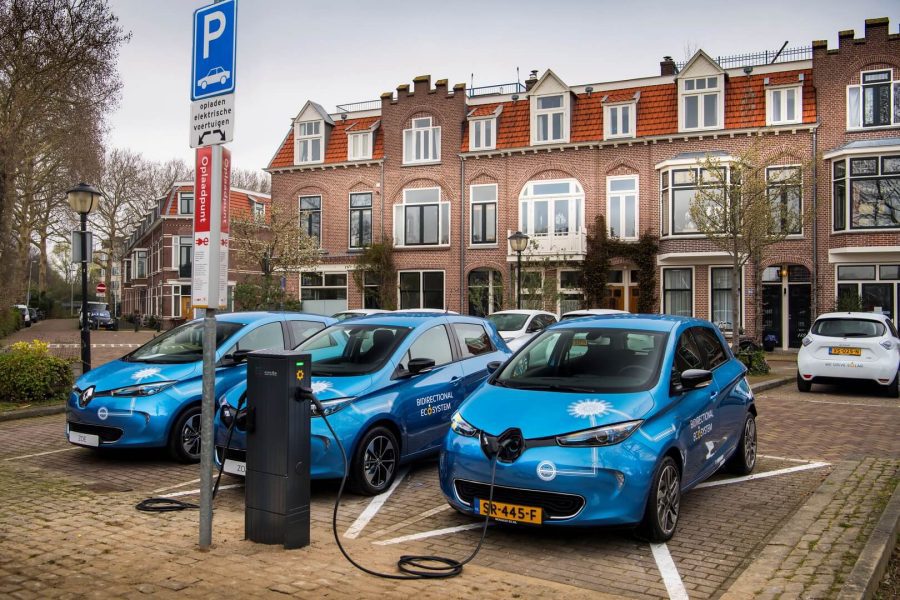
Renault begins testing V2G: Zoe as energy store for home and grid
Renault has started the first trials of V2G technology in the Renault Zoe. V2G technology provides a bi-directional flow of energy, which means that the car can function as an energy store: store it when there is a surplus (= recharge) and release it when the demand increases.
V2G (Vehicle-to-Grid) is a technology that has been present in vehicles using the Japanese Chademo plug almost from the beginning. But the Renault Zoe has a universal European type 2 plug (Mennekes) which is not designed to supply power to the grid. Therefore, the cars had to be modified accordingly.
V2G-compatible Zoe devices are being tested in Utrecht, The Netherlands and Porto Santo Island, Madeira / Portugal, and will also appear in France, Germany, Switzerland, Sweden and Denmark in the future. Cars act like energy stores on wheels: they store it when there is excess energy and return it when there is not enough energy (source). In the latter case, the energy can be used to charge a scooter, another car, or simply to power a house or apartment.
> Skoda reviews a mid-size electric hatchback based on Volkswagen ID.3 / Neo
The tests are intended to help Renault and its partners learn about the impact of such a mobile energy storage unit on the power system. There is also a chance to develop generic hardware and software solutions that enable the energy producer to plan more intelligently. The added functionality of cars could finally induce residents to become interested in renewable energy sources, thereby gaining significant energy independence.
This may interest you:
